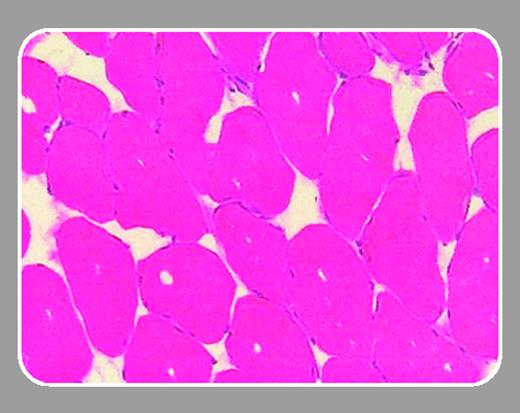Hemophilia continues to represent one of the prime candidates for the successful application of somatic cell gene therapy. There have been 3 phase 1/2 clinical trials of hemophilia gene therapy completed with no adverse events, and variable evidence of low-level clotting factor expression.1-3 In this issue, 2 new preclinical studies of factor IX gene therapy provide further cause for optimism in the field.
Arruda and colleagues (page 85) report an extension to their previous assessment of adeno-associated virus (AAV)–mediated factor IX delivery to skeletal muscle. In this study, the authors have evaluated the relative efficacy and safety of factor IX expression derived from 3 different AAV serotypes, the most frequently used AAV-2, and AAV-1 and AAV-6. Their investigations, in mice and dogs, show that the expression of factor IX is 10- to 50-fold higher following AAV-1 delivery compared with similar doses of an AAV-2 vector. This finding confirms earlier reports of enhanced transgene expression with intramuscular delivery by AAV-1, although the extent of this enhancement has varied considerably.4 Interestingly, the improvement in factor IX expression is only partially explained by the 2- to 3-fold increased transduction efficiency with the AAV-1 vector, and thus, other yet-to-be characterized mechanisms provide the biosynthetic advantage seen with this AAV serotype.
Ironically, the enhanced factor IX expression documented with AAV-1 was accompanied by an increased incidence of anti–factor IX antibody generation in immuno-competent mice and hemophilic dogs. Nevertheless, where higher vector doses were used and higher initial levels of factor IX expressed, the inhibitory antibodies eventually disappeared, thus highlighting the delicate balance that exists between immune tolerance and immune responsiveness to the transgene product.
This same issue of the immunologic response to the factor IX transgene product forms the basis for the report by Zhang and colleagues (page 143). In this study, again involving both mouse and dog models, a strategy involving neonatal intravenous administration of an oncoretroviral vector expressing human factor IX has shown sustained expression of therapeutic levels of factor IX, and an absence of antihuman factor IX antibody generation. Furthermore, these animals were also tolerant to later challenges with human factor IX protein. Once again, in their hemophilia B mouse model, a vector dose effect was observed, with those animals receiving the lowest vector doses, and expressing the least amount of human factor IX, showing no evidence of tolerance to human factor IX administered in the presence of adjuvant.
The results of Zhang and colleagues provide further support for the notion that gene therapy might be used for the induction of immune tolerance to clotting factors. However, this study also poses several questions that remain to be addressed, including whether certain anatomic sites of transgene expression preferentially result in tolerance induction,5 and why results using a similar neonatal retroviral delivery protocol for factor VIII resulted in a 50% incidence of inhibitor development.6
Despite repeated challenges to the progress of gene therapy over the past few years, preclinical progress in the treatment of hemophilia using this therapeutic modality continues to be very encouraging. There remains optimism that this will eventually be converted to clinical success.


This feature is available to Subscribers Only
Sign In or Create an Account Close Modal